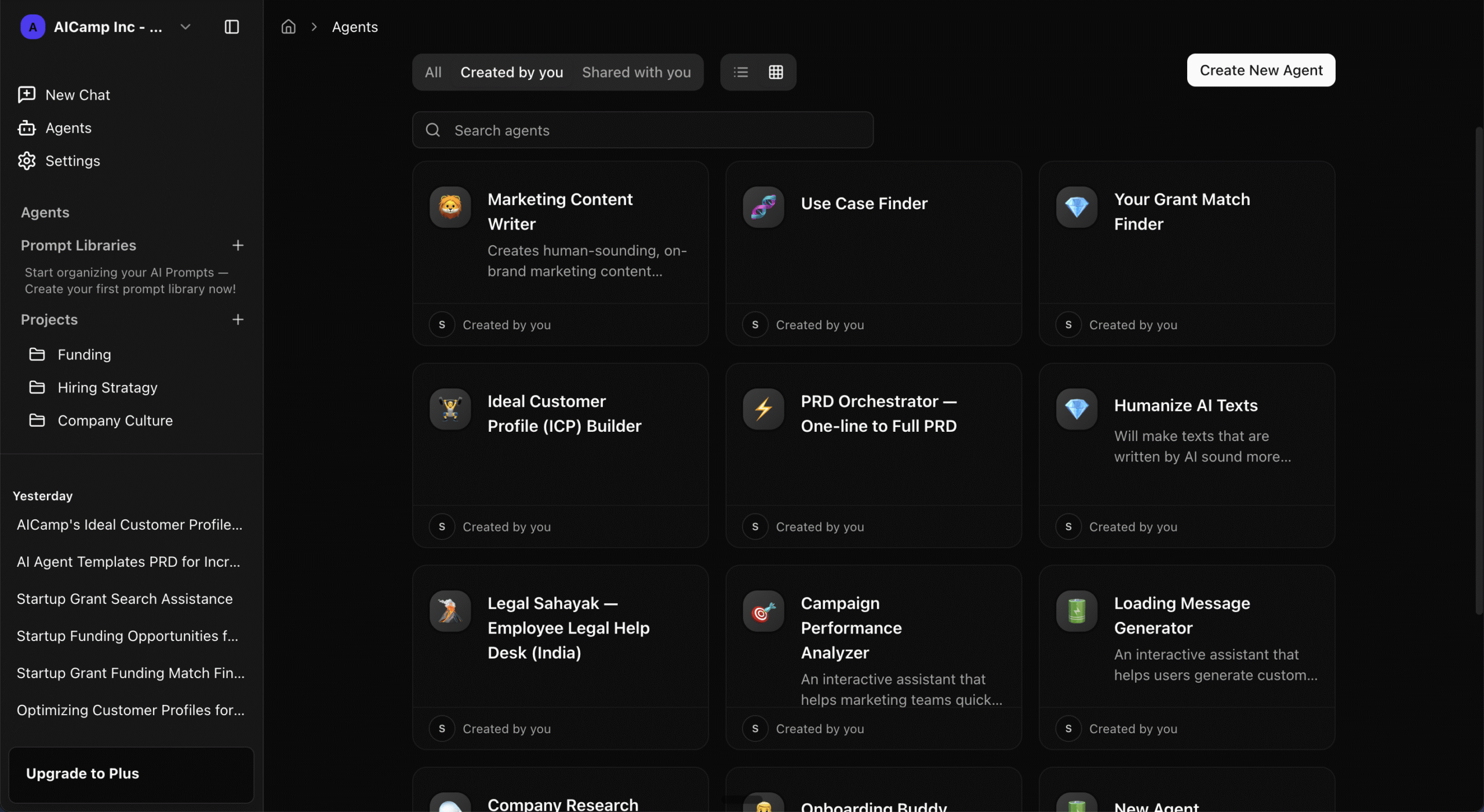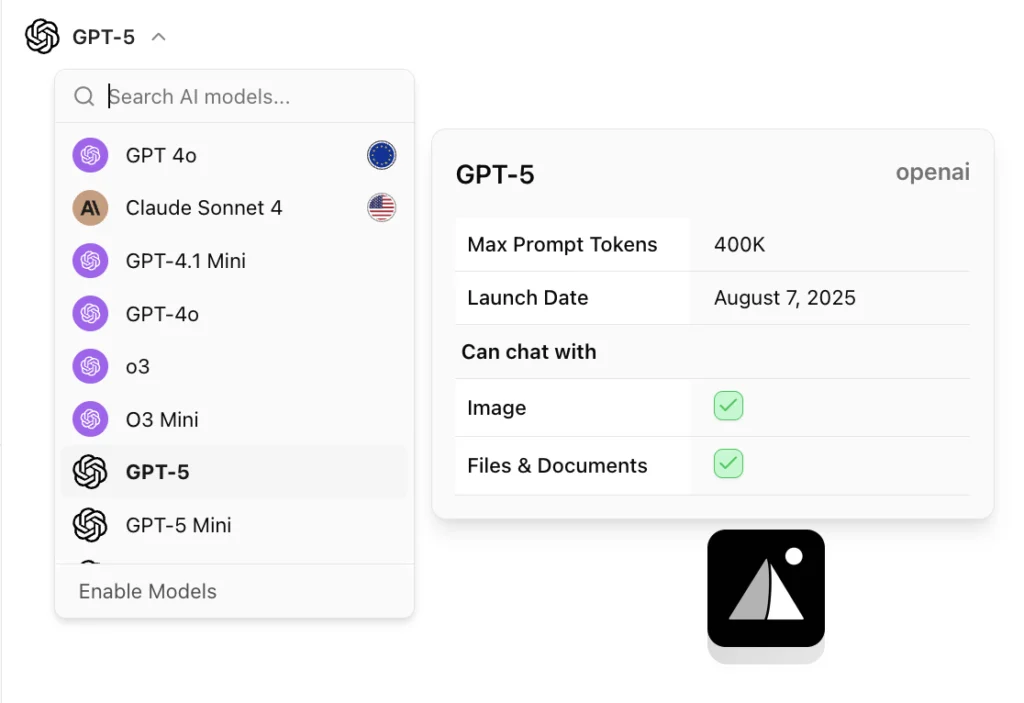TLDR;
Anthropic and OpenAI are both renowned organizations in the field of artificial intelligence, each with its unique approaches and focus areas. Anthropic is a research lab that aims to develop artificial general intelligence (AGI) by combining machine learning, neuroscience, and cognitive science. On the other hand, OpenAI is a research institution that focuses on creating safe and beneficial artificial intelligence for all of humanity.
Anthropic:
- Founded by former DeepMind co-founder Demis Hassabis, Anthropic is at the forefront of developing AGI.
- The lab’s research is centered on understanding human-like learning processes to create intelligent systems that mimic human cognitive abilities.
- Anthropic is dedicated to achieving AGI while maintaining a strong emphasis on ethics and safety in AI development.
- The team at Anthropic includes experts in machine learning, neuroscience, and computational cognitive science.
OpenAI:
- OpenAI was founded by Elon Musk and Sam Altman with a focus on AI safety and ethics.
- The institution conducts research in various AI disciplines and has produced groundbreaking work in natural language processing and reinforcement learning.
- OpenAI is committed to ensuring that AI technologies benefit society and are developed responsibly.
- The research team at OpenAI comprises experts in machine learning, deep learning, and robotics.
Both have their strengths, but your choice should align with your priorities—safety and clarity with Anthropic, or innovation and accessibility with OpenAI.
Before we dive in the information, I’d like let you know that you can do practical comparison by asking question.
AICamp : All in one AI Workspace to access Multiple AI Model

Model comparison of OpenAI and Anthropic with AICamp.
AICamp helps you and your team access ChatGPT, Claude, Gemini and other AI models.
AICamp allows your entire team to work together in a shared and collaborative workspace, utilizing all premium AI models. Empower your entire organization with role-based access and detailed AI usage analytics.
1. OpenAI’s Model:

2) Anthropic’s Model

Quick Comparison
| Metric | Anthropic | OpenAI |
|---|---|---|
| Focus | Safety and ethics | Cutting-edge technology |
| Key Products | Claude, Constitutional AI | GPT models, Codex |
| Ideal For | High-stakes industries | Developers and startups |
| Accessibility | Custom solutions | API-based, flexible integration |
| Pricing | Tailored packages | Pay-as-you-go |
This summary offers a snapshot to guide your decision. Dive deeper for a comprehensive comparison and see which AI partner best fits your needs.
Purpose of Comparison
Looking at Anthropic and OpenAI side by side shows us two different ways of working on AI responsibly. Anthropic goes slow and steady, putting up safeguards, while OpenAI races ahead to find new things. Both ways have good points, and comparing them helps us figure out the best way to move forward. It also helps people who are thinking about using AI products and models to understand what each company offers.
Recommended reading :
Key Technologies and Models
Anthropic’s Claude Model
Anthropic has a smart computer program called Claude. Here’s what you need to know about it:
- Claude is made to chat with people. It’s really good at having natural conversations.
- It uses a mix of smart tech to remember what you talked about before and keep the chat going.
- The information Claude learned from was carefully picked to be good and fair. This means it tries to avoid saying anything wrong or hurtful.
- Claude is really good at chatting while making sure it stays safe and follows rules set by Anthropic.
- Anthropic made sure Claude can explain why it says certain things, which helps people trust it more.
Overall, Claude is all about chatting safely and smartly.
OpenAI’s GPT Models
OpenAI has a series of smart programs called GPT. Here are the highlights:
- GPT 5 is super big and smart, able to write text that sounds like a human wrote it.
- It learned from a huge amount of stuff on the internet without much direction on what’s good or bad.
- GPT-5 is really good at lots of language tasks, like translating languages, answering questions, and summarizing texts.
- OpenAI made it possible for businesses to use GPT-5’s smarts through something called OpenAI API.
- OpenAI kept making newer versions, like GPT-5 and GPT-5 mini, focusing on chatting.
The GPT series shows OpenAI’s focus on making bigger and smarter models, even if there are risks.
Comparative Analysis
In short, Anthropic and OpenAI have different ideas:
- Anthropic likes to be safe and clear with Claude, making sure it’s always good to chat with.
- OpenAI wants to push the limits with GPT, making super smart models that can do a lot but might be a bit risky.
Both ways have their good points. It’s important to find a balance as we make smarter computers.
Product Offerings and Solutions
Anthropic’s Offerings
Anthropic has something called Constitutional AI. Think of it as a set of rules to make sure AI systems play nice and don’t cause trouble. Here’s what they offer:
- AI safety toolkits – These are tools for developers to add safety features like rules, tests, and checks to their AI projects. This helps stop problems before they start.
- Model auditing – Anthropic checks AI systems to see if they’re safe and fair. They look for any issues and suggest fixes.
- Consulting services – They give advice to companies using AI, helping them include safety from the start. They customize their tips based on what the company needs.
These offerings are all about making AI safe and responsible, which is really important for areas like health, learning, and money. Safety comes first here.
OpenAI’s Offerings
OpenAI has tools for developers that use its smart language models:
- OpenAI API – This lets businesses use OpenAI’s models, like GPT 5, in their own apps. They can ask the model questions or get it to do tasks.
- Codex – This tool helps people write code by just describing what they want in plain English. It’s like having a coding buddy that understands you.
- Moderation tools – These tools check if online comments or messages are mean, hateful, or harmful. They help keep online spaces friendly.
OpenAI focuses on making developers’ lives easier and their apps smarter, with less talk about safety.
Comparative Analysis
In short, Anthropic is all about keeping AI safe, while OpenAI wants to push the envelope with smart, new stuff. They both have different things to offer in the world of AI.
Accessibility and Integration
Anthropic’s Accessibility
Anthropic wants to make sure businesses and developers who need to be really careful with AI can use its technology easily. Here’s what they do:
- They have tools (Constitutional AI toolkits) to help add safety features to AI.
- They check AI systems to make sure they’re doing the right thing.
- They give advice on how to build AI safely.
- They focus on making their safety tools work well with other systems.
- Their tools are made to be flexible and work with different programming setups.
By focusing on safety, Anthropic makes it easier for companies to use AI where making mistakes could be a big deal.
OpenAI’s Accessibility
OpenAI makes it easy for developers to use its smart programs:
- OpenAI API lets people use models like GPT- 5.
- It’s made to be easy for developers to start using it.
- Developers can quickly make apps that do smart things with AI.
- They offer tools (SDKs) for lots of programming languages.
- They have rules and costs to keep things under control.
- They’re all about letting developers try new things in lots of areas.
OpenAI is all about letting lots of people try out its latest AI work.
Comparative Analysis
In short, Anthropic is careful with how it lets people use its AI, focusing on safety. OpenAI, on the other hand, wants to make its AI easy for everyone.
Governance, Ethics, and Safety
Anthropic’s Governance and Ethics
Anthropic is really careful about making AI the right way, focusing a lot on safety and being open about how things work. Here’s how they do it:
- Self-supervision techniques – Anthropic teaches its models like Claude by letting them learn from data on their own, without needing someone to label it as right or wrong. This helps avoid mistakes from bad or biased data.
- Adversarial testing – They test their models by trying to trick them on purpose. This helps find and fix problems to make the models safer.
- Constitutional AI – They set up rules that the models have to follow, kind of like laws, to protect users and their information.
- Explainability methods – They make it possible to understand why their models make certain decisions, which helps check if everything’s working as it should.
- Careful data selection – They only use data that’s been checked to be good, fair, and true.
Overall, Anthropic is really careful to make sure their AI acts the way it should before they let anyone use it.
OpenAI’s Governance and Ethics
OpenAI also tries to keep things safe when using their big language models:
- Content filtering – Their GPT models avoid using bad or harmful content when they learn.
- Human oversight – People check what the models come up with to look for any problems before it goes out.
- Model adjustments – If there are issues, OpenAI fixes the models to make them better.
- Usage guidelines – Users have to agree to rules on how to use the models the right way.
But, OpenAI doesn’t have as many built-in safety features as Anthropic:
- They don’t focus much on making their models explain their decisions.
- They don’t do adversarial testing or have strict rules like Anthropic does.
- Their models learn from internet data, which isn’t always carefully checked.
So, OpenAI relies more on people checking things than building in safety from the start.
Comparative Analysis
In short, Anthropic makes sure safety is part of the AI from the beginning, while OpenAI goes fast but keeps an eye on things and fixes them as needed. Each approach has its own way of balancing being smart with being safe.
Pricing and Availability
Anthropic Pricing
Anthropic sells tools and services to help big companies make their AI safe. They don’t have set prices online because they tailor their services to each company’s needs. Here’s what we know:
- They create packages that might include things like using their Claude AI, workshops, training, and checks to see if the AI is safe.
- Usually, companies agree to use these services for a year and then decide if they want to keep going based on how much they used it and if they need more.
- Since Anthropic focuses on safety, their services might cost more than usual AI tools.
- Big companies might get discounts if they use a lot of services.
Anthropic is all about custom solutions for big clients who care a lot about AI safety.
OpenAI Pricing
OpenAI charges based on how much you use their AI models, like GPT- 5, through something called an API:
- You use credits every time you ask the AI to do something.
- There are different plans that cost more or less depending on how fast you want the AI to respond and how complex the tasks are. Prices range from a little bit (0.0004 dollars for 1,000 words the AI comes up with) to a bit more (0.002 dollars for the same).
- If you use it a lot, you can get discounts.
- They also have a free option if you just want to try it out.
OpenAI is great for anyone from solo developers to small businesses since it’s easy to start with and doesn’t cost much.
Comparative Analysis
In short, Anthropic is for big companies that need specific safety features, and OpenAI is more for developers and smaller teams who want flexible and affordable AI tools.
Pros and Cons Comparison Table
MetricAnthropicOpenAIPros– Puts safety first and makes sure AI acts responsibly
- AI can explain its decisions
- Chooses and trains on good-quality data
- Has rules to keep AI in line– Really advanced technology
- Can handle a lot of data
- Easy to use and works with many systems
- Doesn’t cost a lotCons– Not easy for everyone to use or get
- Doesn’t do as many things
- Might cost more
- Takes more time to develop– Might not be as safe
- Can have problems with unfairness in data
- Harder to understand why it makes certain decisions
- Could be used in wrong ways
To put it simply:
What’s good about Anthropic: It’s all about being safe and making sure AI does the right thing. It’s great for jobs that need a lot of care. But, it’s not as widely available and focuses on fewer tasks.
What’s good about OpenAI: It’s at the top of its game with what it can do and is easy for lots of people to use. Plus, it won’t break the bank. However, it might not be as careful, and it’s not as good at explaining its actions.
When deciding which one to use, think about what’s more important for your work. If keeping things safe is a big deal, Anthropic might be the way to go. But if you need something that can do a lot, is easy to work with, and doesn’t cost much, OpenAI could be better.
Conclusion
To wrap things up, Anthropic and OpenAI show us two different ways to make and use AI in a responsible manner.
Anthropic is all about being safe and clear. They make AI, like Claude, that’s designed to be helpful and not cause harm, using special rules called Constitutional AI. But, this focus on safety means they might not move as fast or be as easy for everyone to use.
OpenAI is keen on exploring new possibilities with big AI models like GPT, while trying to keep an eye out for bad stuff. This approach lets developers try new things quickly, but there’s a chance things could go wrong if the AI doesn’t act as expected.
Ideally, we’d take a bit from both worlds – keep inventing new AI stuff while making sure everything is safe and fair. As AI gets more powerful, finding this balance becomes super important.
Companies should think about what they really need and what they’re worried about before picking an AI solution, whether it’s from Anthropic, OpenAI, or someone else. Things like what you’re using the AI for, how you handle data, and how you want the AI to behave can guide you to the best choice.
By getting the lowdown on the main differences between big names like Anthropic and OpenAI, businesses can choose AI partners and services that fit with what they care about, like innovation, ethics, and using technology responsibly.














